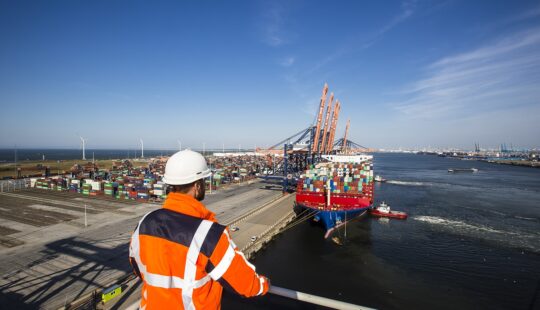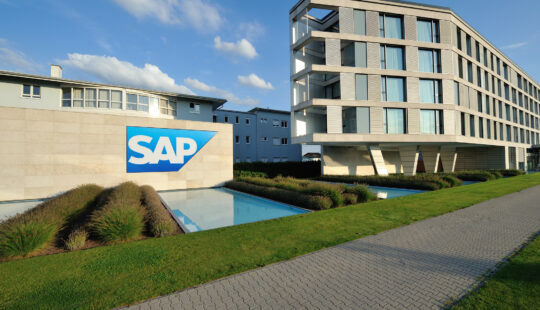Which warehouse stocks which products? Can these products be transported? Which products still need to be produced? Which orders have been processed? When will the order be delivered to the customer? With SAP S/4HANA Cloud, public edition, Riho can answer all these questions directly.
Riho manufactures and supplies contemporary bathtubs, whirlpools, showers and other bathroom furniture. The company has branches in the Netherlands, Belgium, Germany, Poland, Hungary and the Czech Republic. The international headquarters is in Tilburg.
However, the different systems of the international branches were not integrated with each other. Because of this fragmented application landscape, the organization had no insight into the total supply chain and into daily processes such as production, inventory, sales and logistics. Standardization of the systems was badly needed to better understand and streamline all these processes.
Targeted objectives
“Locations were using three different systems, each with its own data and processes,” says Guy Claesen, Group CEO of RIHO International. “As a result, you’re constantly exchanging data, and you have identical data in multiple places that are managed locally. That increases the risk of errors. In addition, we had too little insight into the production planning of other locations, for example. For example, we only knew at the time of transport that a bath was being delivered from the Czech Republic. This way you cannot inform customers about the production and delivery time, while that is a customer requirement.”
The bathroom specialist wanted to move toward a uniform way of working and a “single source of truth. “We needed a single system for all organizations within the Riho Group,” said Claesen. “This would allow us to achieve ‘one way of working’ and unambiguous data management for all branches.”
Logical choices
The company found the solution in the implementation of cloud ERP, for which SAP offers mid-sized companies GROW with SAP. This gives them tools for rapid implementation and hassle-free updates. Says Claesen, “SAP S/4HANA Cloud, public edition helps us get a complete picture of inventory, capacity and delivery times, which ensures more efficient operations for Riho and a better experience for our customers around the world.”
The Eastern European locations were already working with SAP ECC, so staff there were somewhat familiar with SAP’s software and the learning curve would be lower. Claesen: “We also chose a cloud solution because we are a medium-sized company. If you choose on-premise ERP, you quickly need a large IT department. We have one IT administrator in-house. We didn’t see a local installation with servers for that reason.”
In the Czech Republic, Riho had previously worked satisfactorily with SAP partner NTT DATA Business Solutions. “We are happy to continue that cooperation,” said Claesen. “A modification of the ERP system requires more than just installing a piece of software. Then you are actually already reorganizing the entire organization. If a company is willing to adapt to the system, and not the other way around, the implementation often goes a lot smoother.”
Real-time insight
In May 2022, all six sites simultaneously transitioned to the new SAP S/4HANA system. According to the CEO, this generally went fairly smoothly and the benefits quickly became apparent. “It involved all business processes, from the order and production processes to sales, logistics and finance. Now we have visibility and control over all data and the state of affairs.” The desire to achieve one integrated system for a uniform way of working and single source of truth has thus been realized. Everyone works with the same data set.
The bathroom specialist now has a better grip on production, stock and delivery times, allowing them to serve their customers even better. Claesen: “We immediately saw that processes run faster and more efficiently. See the current production planning for each location within 10 seconds? No problem. This saves us valuable time and reduces the error rate. Errors that we also no longer have to solve first.”
“All processes are more manageable and trackable,” Claesen concludes. “Do we still encounter problems or expect problems somewhere in the supply chain? Then we can now intervene proactively. Even before the customer is affected.”
Watch the video here.



